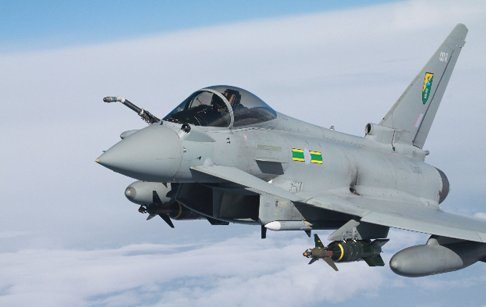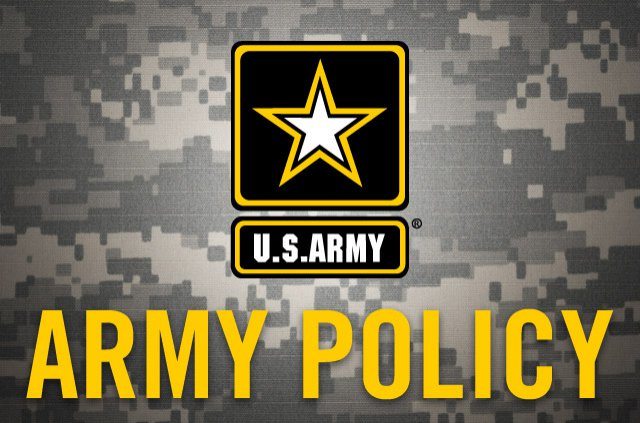The Royal Air Force has completed the biggest training mission ever undertaken by its Typhoon Force.
Exercise Android Preference concluded at RAF Coningsby last week and forms part of the qualified weapons instructor (QWI) course, which is regarded as the pinnacle of qualifications for RAF aircrew.
RAF Coningsby Station Commander, Group Captain Johnny Stringer, explained:
“The QWI courses are where we fuse the physical, moral and conceptual components of air fighting power at the tactical level. We’re taking our brightest and best and making them the most capable and aware tactical operators they can be.”
What Android Preference allows us to do is not only to prepare them for the QWI operational phase, but also to expose them to some of the wider and higher-level considerations and consequences of their tactical appreciation, planning and subsequent execution.
Over the 2-week exercise a total of 265 sorties were flown on 6 days in an exercise designed by Flight Lieutenant Andrew Tidmarsh, who said:
“For the first time we’ve executed missions involving the entire Typhoon Force which, along with other force elements, gives a real operational feel. The exercise challenges the whole spectrum of what Typhoon can do as a platform; not only fighting air-to-air, but also finding, fixing and prosecuting targets on the ground.”
Being fully swing-role, the Typhoon is able to fight its way to the target and then fight its way out again. This places a high training demand on the pilots who have to be extremely capable in the air-to-air role and the air-to-surface role and be able to make timely tactical decisions to enable them to fulfil both in a high threat environment.
In the first week of the exercise the single largest training mission Typhoon has ever undertaken as one complete force was executed.
A total of 22 Typhoons from 5 different squadrons took part in a combat search and rescue scenario that also included Tornado GR4s, United States Air Force (USAF) F-15 Eagles and Danish F-16s, as well as support and attack helicopters.
Tactical air control and command was provided by an E-3D Sentry from RAF Waddington and No 1 Air Control Centre, which deployed to RAF Coningsby from their home station at RAF Scampton.
Group Captain Stringer explained:
“The key involvement of 1 Air Control Centre and E-3D Sentry underlines the importance of air command and control, as well as ISTAR (intelligence, surveillance, target acquisition and reconnaissance), to the effective employment of modern combat air power.
“We’re also delighted and very grateful to have had the excellent support of the Support Helicopter and Tornado GR4 Forces, 100 Squadron, the Army Air Corps and our USAF and Danish colleagues.”
This variety and scope of exercise participants presented its own challenge for mission planning and execution in addition to an excellent opportunity for training large and diverse packages of aircraft. Each QWI student took it in turns to act as a mission commander, a challenging role which requires individual tactical prowess and wider integration in order to succeed.
Flight Lieutenant Tidmarsh added:
“At one point there was a 16 versus 20 air-to-air fight concurrent with ground serials including air interdiction, close air support and dynamic targeting. I can’t remember in my career the whole force attempting one defensive counter air mission that lasted an entire day.”
Founded on lasting and detailed mission designs and materials, the exercise will serve as a blueprint for future training involving different force elements.










